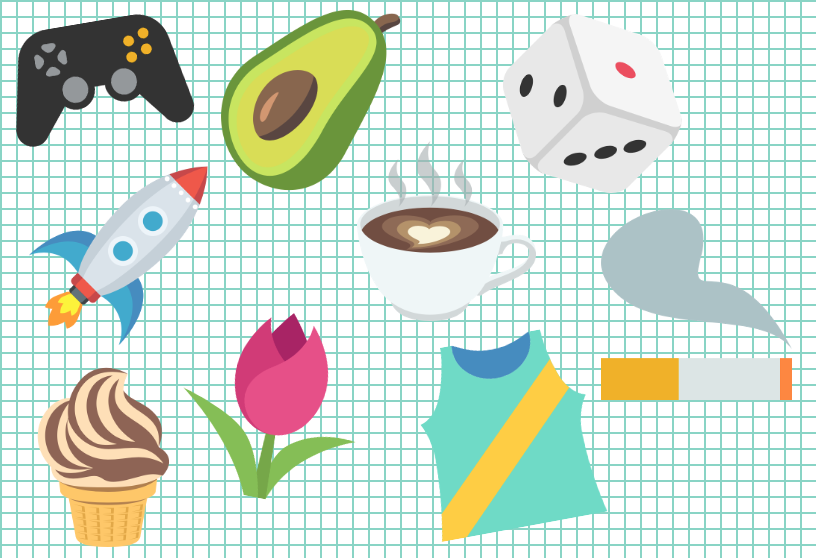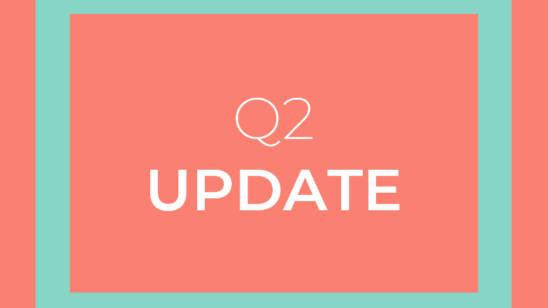
We spend more on…3 min read
A short story this week. In 2019, humanitarian plans were funded to the value of $18bn. It seems like a huge number, but we need to put it into context. We could put it into the context of what is needed. In 2019, $30bn was required to meet humanitarian needs (according to FTS). $18bn therefore works out at 61% of what was needed.
But we could also look at different things that we and other fellow humans spend money on globally. We’ve done a bit of trawling through the internet and found the value of various markets. The things we’re looking at are a bit of a hotch-potch. We couldn’t find one database (at least not free) of market values, so we looked on various sites for the value of different industries.
We found that in 2019, we spend:
- 40x more on cigarettes than humanitarian activities ($705bn vs. $18bn)
- 24x more on the space industry than humanitarian activities ($424bn vs. $18bn)
- 8x more on video games than humanitarian activities ($162bn vs. $19bn) – 2020 comparison
- 6x more on coffee than humanitarian activities ($102bn vs. $18bn)
- 5x more on health clubs than humanitarian activities ($97bn vs. $18bn)
- 3x more on ice cream than humanitarian activities ($61bn vs. $18bn)
Some numbers that make better reading for humanitarian folk are that we spend:
- 1.4x more on humanitarian activities than board games ($18bn vs. $13bn)
- 1.4x more on humanitarian activities than cut flowers ($18bn vs. $13bn)
- 1.4x more on humanitarian activities than avocados ($18bn vs. $13bn)
We’re not making any value judgement here. Who doesn’t love ice cream, right? And we’re not advocating that people stop any of the above activities. But we’re sharing these figures to put the $18bn or $19bn that we spend on humanitarian activities into a broader context.
The table below shows how much more money is spent on the categories above, than individual humanitarian sectors in 2019 (except video games where the comparison is 2020).
Caveats, Sources and Credits
FTS. Data taken from Appeals pages: 2019, and 2020. This data includes all funding that went to humanitarian plans included in the GHO in those years. It does not include funding that did not go to a response plan.
BBC News (2020). Coronavirus: How Africa’s supply chains are evolving. Retrieved from: https://www.bbc.co.uk/news/business-53100287
British American Tobacco (BAT). The global market. Retrieved from: https://www.bat.com/group/sites/UK__9D9KCY.nsf/vwPagesWebLive/DO9DCKFM
IHRSA (2020). The 2020 IHRSA Global Report: The State of the Health Club Industry. Retrived from: https://www.ihrsa.org/publications/the-2020-ihrsa-global-report/
PipeCandy (2020). How big is the board games market. Retrieved from: https://blog.pipecandy.com/board-games-market/
PipeCandy (2020). Overview of Ice Cream Industry. Retrieved from: https://blog.pipecandy.com/ice-cream-industry-market-share/
Research and Markets (2020). Global Coffee Market – By Product: Global Industry Perspective, Comprehensive Analysis and Forecast 2020 – 2026. Retrieved from: https://www.researchandmarkets.com/reports/5143799/global-coffee-market-by-product-global
Tech Jury (2021). How Much Is the Gaming Industry Worth in 2021? [+25 Powerful Stats]. Retrieved from: https://techjury.net/blog/gaming-industry-worth/#gref
Space Foundation, The. The Space Economy Scorecard. Retrieved from: https://www.thespacereport.org/scorecard/
Yahoo! News (2020). Global Avocado Market Report 2020: Market is Forecast to Reach US$17.905 Billion by 2025, Increasing from US$12.824 Billion in 2019. Retrieved from: https://uk.news.yahoo.com/global-avocado-market-report-2020-104300332.html


